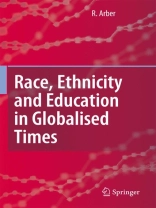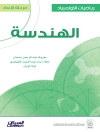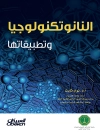What is the speci?city of contemporary racism? And what happens to questions of race in a context where multiculturalism is taken for granted. Few authors address these kinds of questions with subtlety. For the most part, questions of racism are treated either as self-evident or alternatively as self-evidenced. The?rstapproach, accentuatedineverydaylife, andplayedoutinmediaexposés, is the tendencyto treat racism as manifestly self-evident. We just know what racism is in principle, and we just know what it looks like when we see it in practice. Dualistic assumptions dominate this sense of identity relations – persons are racist or they are not; an act is racist or it is not. However, despite the obviousness of racism in contexts where different people have different seating arrangements on a bus, or somebody says “I am better than you because your skin-colour is different”, this approach barely comes to terms with the depth of embodied politics and the elusiveness of structures of racism in the contemporary world.
Table des matières
Encountering Silent Noise.- Encountering Silent Narrations: Beginning the Research.- Beyond Silent Noise: Articulating Methodology.- Race and Ethnicity in Globalised Times.- Changing Identities in a Local School.- Mapping the “Other”.- Mapping Ourselves.- Another Identity.












